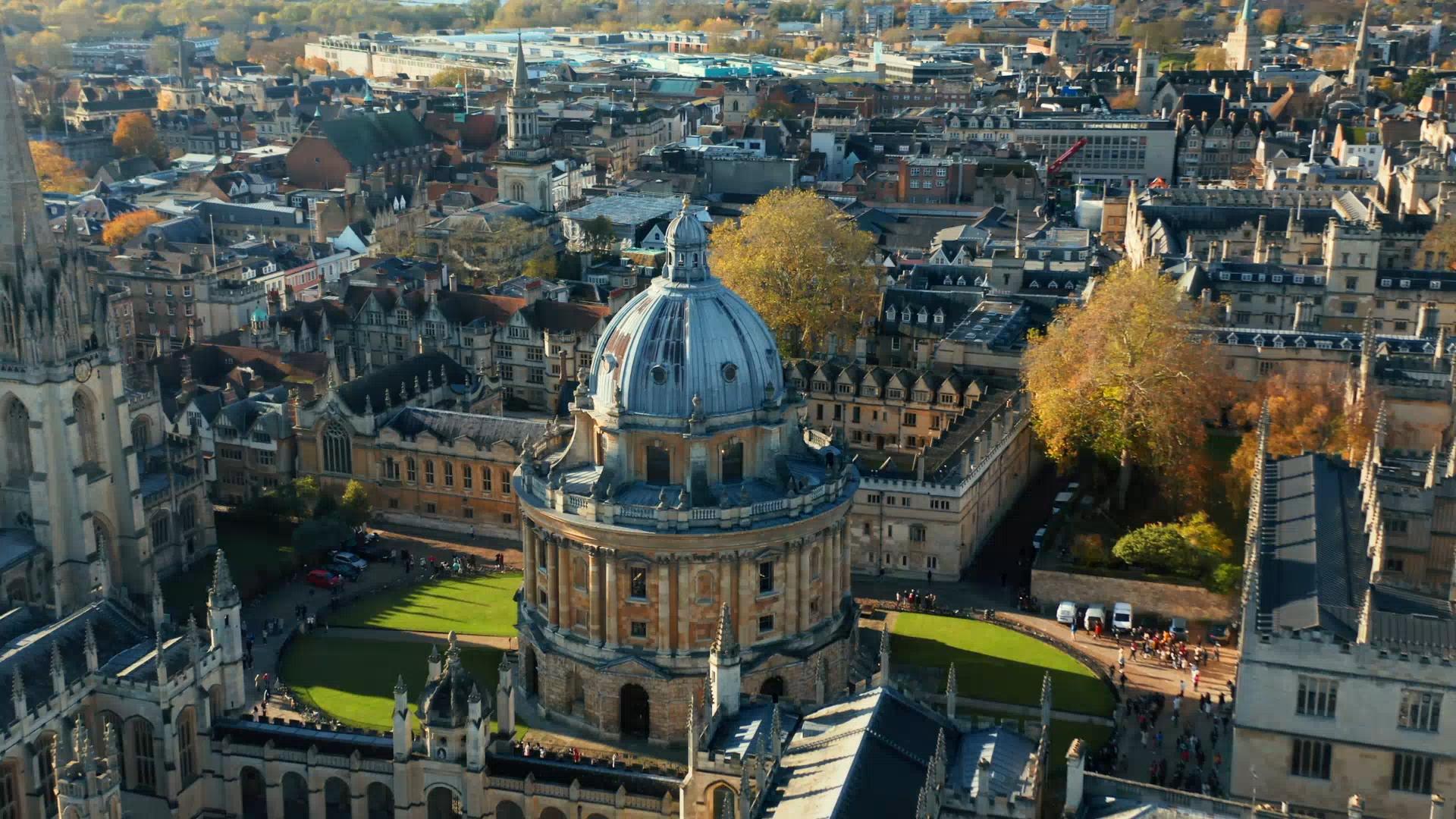The primary obstacle to obtaining a master’s degree is getting your application approved. Certain university programs are extremely competitive, with a significantly greater number of applicants than available slots for a particular intake. In cases where the admissions committee and program director have two equally qualified applicants for one spot in a course, postgraduate personal statements can be the deciding factor.
For this reason, creating a well-crafted personal statement for your master’s degree application is critical and should not be overlooked.
To create a compelling personal statement that will help you secure admission into your desired program, use this guide. We will focus on UK online master’s degrees and discuss the inclusion of career experience. If you are transitioning directly from undergraduate study, you can still use this guide by substituting any relevant academic or extracurricular experience.
Why Do You Have to Provide a Masters Personal Statement?
A master’s personal statement is a crucial component in securing admission to a course. The admissions tutor is often faced with a large volume of postgraduate applications, and a well-crafted personal statement can set an applicant apart from the rest. But what exactly are the elements that admissions tutors are looking for, and how can you make your personal statement stand out among the hundreds of applications they review each year?
Throughout the application process, course directors seek to understand an applicant’s experience, expertise, and potential during and after the program. They also desire students who bring energy, insight, and motivation to their assignments and discussions. Additionally, they want to see proof that applicants understand the requirements of the course, possess the necessary academic qualifications, and have clear personal or career goals that the program will help them achieve.
What is a Masters Personal Statement?
When applying for a master’s degree, it is likely that you have previously written an undergraduate personal statement. However, a personal statement for a master’s degree is an entirely separate piece of writing that allows you to showcase your strengths and suitability for the program to the admissions team and course director in your own words.
Your personal statement should be tailored specifically to the course you are applying for, emphasising your relevance to the program. It presents an opportunity to showcase how you will evolve as a result of taking the course and how your participation will benefit the program.
In summary, your personal statement should illustrate that you have conducted extensive research and possess a clear understanding of the course’s requirements and how they will contribute to your professional or personal development. It should also exhibit your keen interest, passion, and enthusiasm for the subject matter.
So, now that we have covered what a master personal statement is all about, we should look at the steps you should take to create a master personal statement that stands out.
Step 1 – Understand the main points you want to cover
In the first step, begin by writing down your main points. Open a blank document, and copy and paste the following questions. Then, jot down any ideas that come to mind:
- Why are you interested in taking this course?
- Why is this specific course the right fit for you?
- What are your career goals, and how will this course help you achieve them?
- What experience do you possess that makes you suitable for this course?
- How do you meet the entry requirements?
- What skills do you possess that are relevant to the course?
- What academic qualifications, such as your undergraduate degree or other certificates, are relevant to the course?
- How will you balance the course with your work or family commitments?
Step 2- Check the application pack
In the second step, carefully review the application pack, paying attention to the guidelines for the application process and personal statement. Note any specific points to include, the character limit, format, and deadlines.
Then, review all the information you have about your desired course and take notes on which parts of the program interest you the most.
Step 3 – Develop a structure for your personal statement
This step involves building the structure of your personal statement. Begin by creating a five-paragraph structure for your postgraduate personal statement. Use bullet points to note down the key points you want to cover in each paragraph. For example:
- Introduction: Explain your interest in the subject area.
- Career Goals: Discuss your future goals.
- Course Selection: Explain why you are interested in this particular course.
- Qualifications and Skills: Describe your undergraduate degree, career experience, extracurricular activities, and skills.
Discuss how taking this course fits into your current career and life situation.
By organising your thoughts into a clear and logical structure, you can ensure that your personal statement effectively conveys your strengths, experience, and enthusiasm for the course, making it more likely to capture the attention of the admissions team and course director.
Step 4 – Now it’s time to create your first draft
To begin writing your personal statement, focus on creating a strong opening paragraph. Don’t worry about crafting a catchy opening sentence just yet. Instead, use the structure you created in Step 3 to guide the development of the middle paragraphs. The most important aspect of this step is to get your thoughts and ideas down on paper using the notes you made in Step 1. This will help you to ensure that your personal statement is focused, relevant, and conveys your passion and enthusiasm for the course. By taking the time to carefully plan and write your personal statement, you can increase your chances of standing out from other applicants and securing a place on the postgraduate course of your dreams.
Step 5 – Give yourself time
Once you have written a complete draft of your personal statement and feel satisfied with it, it’s important to take a step back and allow yourself some time away from the application process. This will allow you to return to your personal statement with a fresh perspective and a clear mind. Taking a break, even for just a day or two, is essential for ensuring that you can finalise your master’s degree personal statement to the best of your ability. With a clear head, you will be able to make any necessary revisions and ensure that your personal statement is well-written, impactful, and fully reflective of your strengths and aspirations.
Step 6 – Make revisions and rewrite where required
This is the time to refine and enhance your personal statement for your master’s degree. You can edit it as many times as you need to until you are satisfied with the final result. There are many online tools available that can help you at this stage, such as Grammarly and the Hemmingway app.
Keep the following points in mind when editing your personal statement:
- Think about the reader and ensure that the information is presented in a clear and logical manner.
- Check that the information flows smoothly from one point to the next and that the reader has enough context before you move on to new topics.
- Ensure that you provide sufficient evidence to support any statements you make.
- Check each sentence and make sure it is concise, avoiding lengthy or complicated sentences that may be difficult to understand.
- Make sure your closing paragraph effectively summarises your key points.
Once you have completed your editing, read your statement aloud to assess its flow and to identify any last-minute changes you may need to make. You may also want to ask a friend or family member to review it and provide feedback.
Step 7 – Do your final checks
In the final step, it’s essential to thoroughly check your master’s personal statement for any grammatical or spelling errors. This will ensure that your application is presented professionally and demonstrates your attention to detail.
By following the steps outlined in this guide, you will have created a well-written postgraduate personal statement that showcases your research and highlights why you would be a strong candidate for your chosen course. Remember to take your time, seek feedback from others and use online tools to refine your writing. With a well-crafted personal statement, you can increase your chances of gaining a place on your desired course and pursuing your academic and career aspirations.












